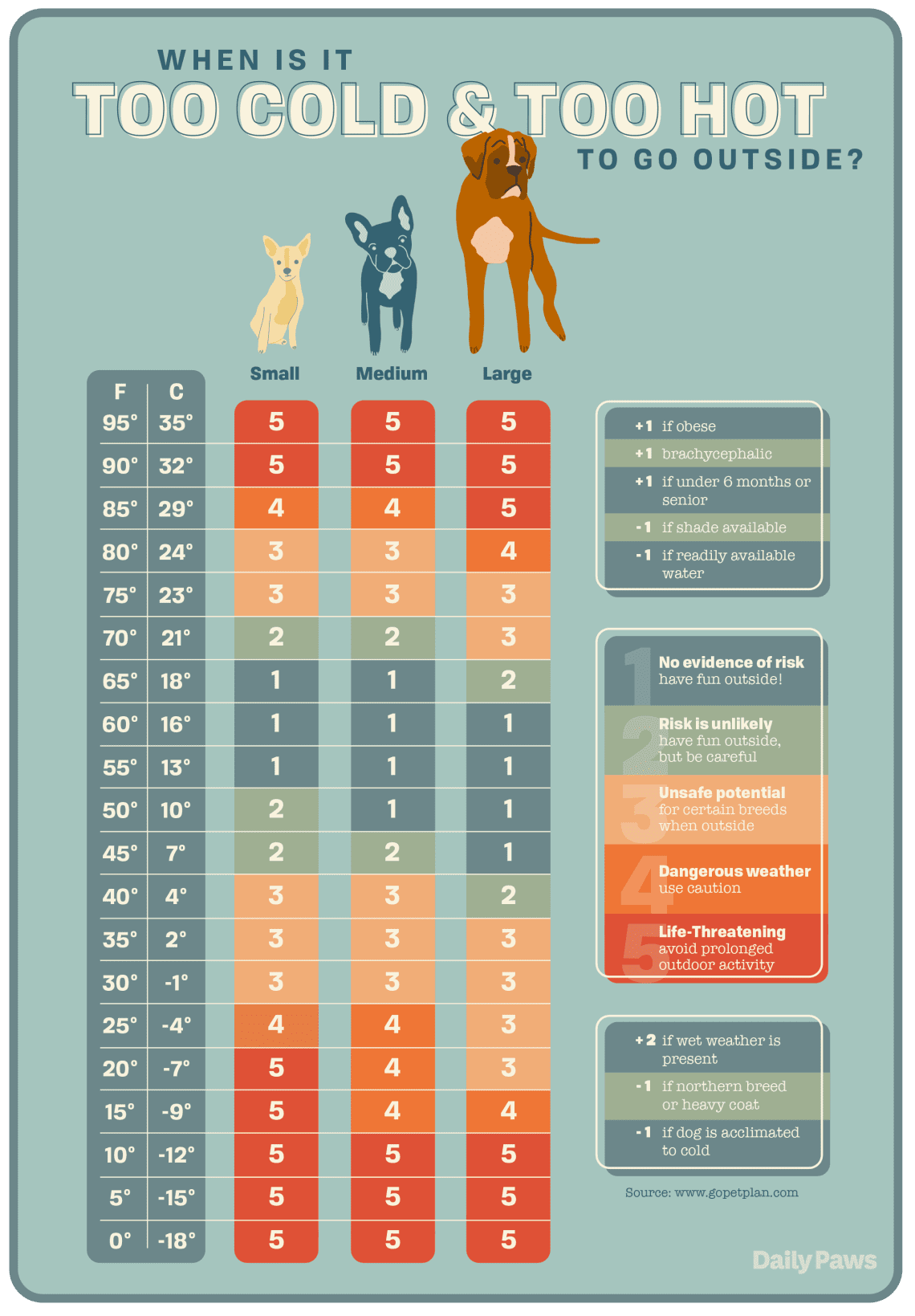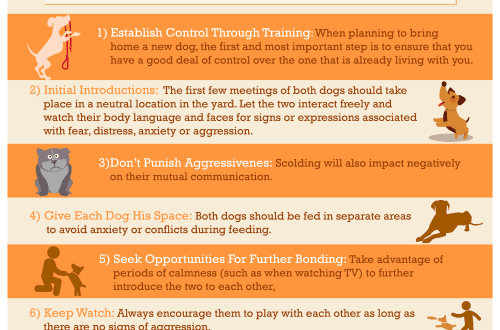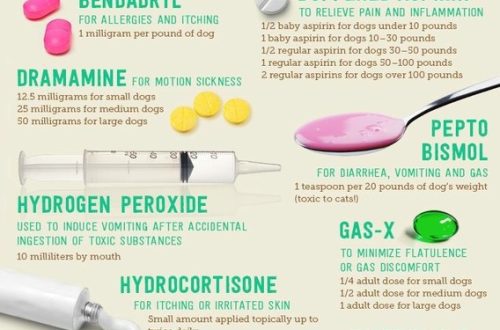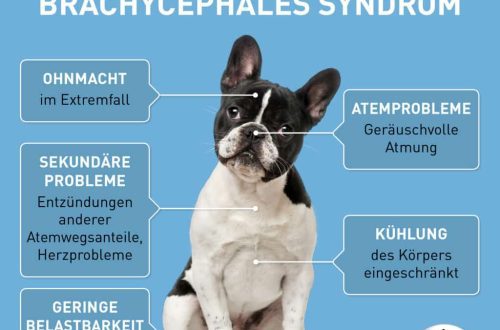
Temperature in dogs: when to worry
One of the main indicators of body health is body temperature. In humans, a normal temperature ranges from 36,6 to 36,9 ° C, indicators above 37 ° C are considered elevated and may indicate health problems. And what temperature is considered normal for a dog and how to measure it? If you monitor the health of your pet and notice something unusual, you will be able to provide him with the necessary assistance in time.
Contents
Body temperature
Normally, a dog’s body temperature is between 37,5 and 39 °C. The average is about 38,5 °C. The size of the pet also affects the temperature indicators: the larger the dog, the lower the temperature. The highest temperature is in adult dogs of small breeds:
- 38,5–39,0 °C in ornamental breeds;
- 37,5–39 °C in medium sized dogs. 37,4–38,3 °C in large dogs;
If you think your dog’s body temperature is higher than normal, check to see if he’s overheated first. The pet’s coat performs a protective function, including helping to protect against overheating, but dogs do not have sweat glands, so dogs cannot cool themselves with sweat like people.
temperature measurement
How to take a dog’s temperature? Dogs cool themselves through their paw pads, tongue, and breath, so excessively hot paws, active breathing, and protruding tongue may indicate an increase in body temperature.
Temperature in dogs is measured with a rectal thermometer. This is the most accurate option. Most likely, this procedure will not be particularly pleasant for the animal, so it is better to contact a veterinary clinic. If you want to do it yourself, you will need help.
How to measure the temperature of a dog at home? Disinfect the thermometer and lubricate it with Vaseline or a special lubricant. Ask someone at home to help you hold the dog. It is best to take measurements when the pet is standing or lying on its side. Watch closely to make sure your dog doesn’t move, try to run away, or sit on the thermometer. Use an electronic thermometer – it’s safer and faster.
Temperature deviation from the norm
If the temperature of the pet is below normal, tremors and chills may also be observed. A dog in this state will try to keep warm by curling up or hiding under your blanket. Additional symptoms of hypothermia include:
- decreased activity, weakness and possibly nausea;
- refusal to carry out your commands;
- refusal to feed
Fever can be a reaction to stress, heat, exercise, or heat indoors or outdoors, or it can indicate an infection or inflammation. A puppy’s temperature may indicate a reaction to a vaccination or teething. It can also indicate heat stroke. Accompanying symptoms are heavy breathing, a bright red color of the tongue, thick saliva and vomiting.
If the dog has hyperthermia, pay attention to the symptoms:
- lack of appetite;
- respiratory failure;
- fever of the nose, paw pads, ears;
- weakness;
- nausea.
Can a dog get a cold or the flu? It may well. A high temperature combined with a cough may indicate an infection or other problems. In any case, if you notice one of the listed symptoms, you should contact your treating veterinarian, who will be able to determine the true cause of the increase or decrease in the pet’s body temperature.
First aid for fever
If your dog has obvious symptoms of hyperthermia, first move him to a cool place and provide him with fresh water. Do not place the animal on a bare floor or on a bed, it is better to use a soft and comfortable bedding in a quiet place. Try to make sure that there are no drafts and loud extraneous sounds in the room. Ask your family not to disturb the dog.
In no case do not use antipyretics that you yourself are used to: they are toxic to dogs. Wipe the dog with a wet, cold towel and moisten the paw pads and ears.
With symptoms of hypothermia, the dog needs to be warmed. Use warm blankets and blankets, you can put the dog near the heaters. Place hot water bottles under the bedding. If the dog does not refuse food, feed it warm food.
Check temperature every hour. If there is no improvement within a few hours, take your pet to a veterinary clinic.
Remember that self-medication can lead to unpleasant consequences for both you and the dog. Seek advice from a veterinarian as soon as possible.





